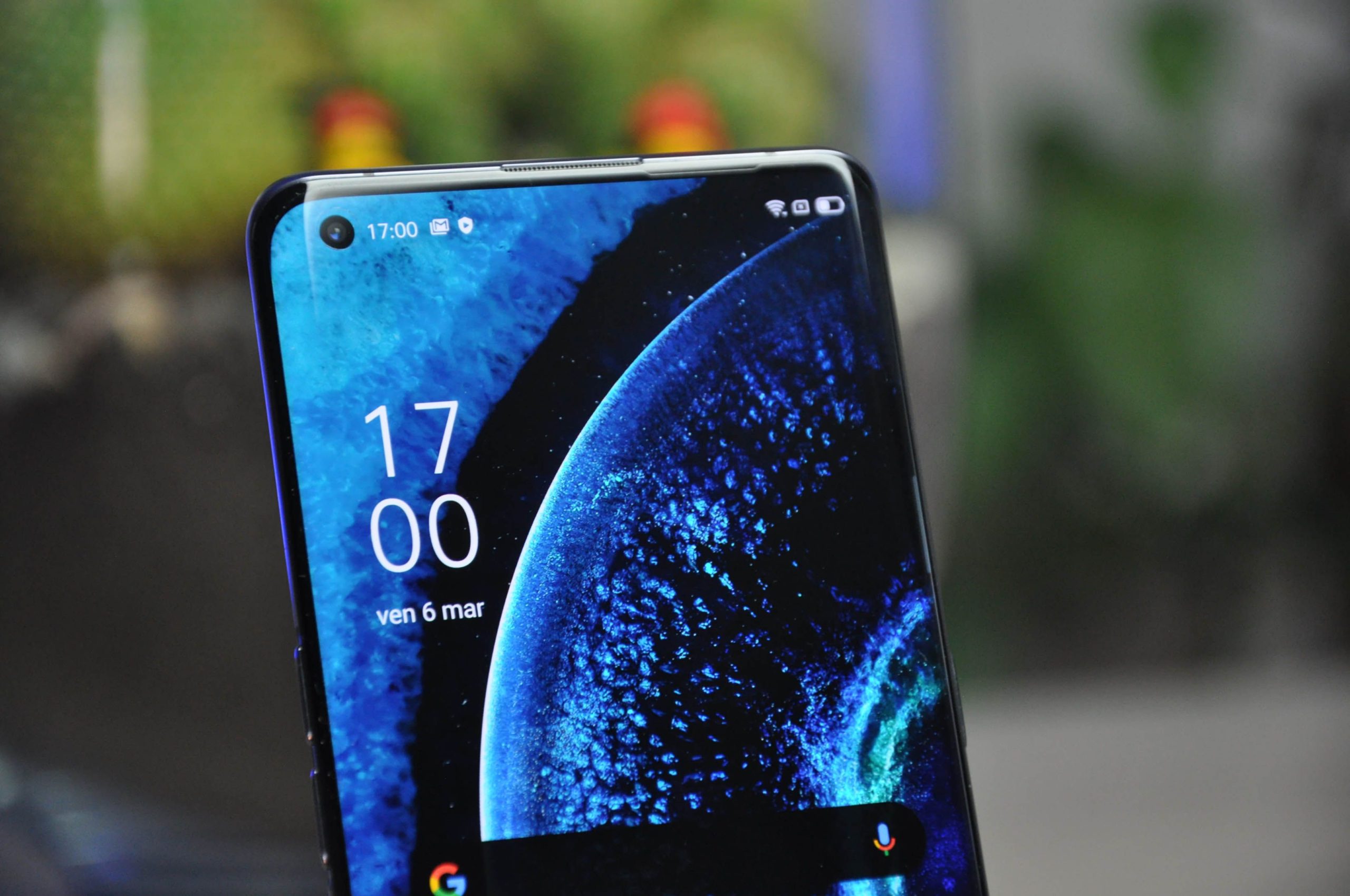We have been trying for a few days the new top of the Oppo range, the Find X2 Pro, one of the first smartphones to use a 120 Hz QHD + AMOLED screen. This will be the year of 120 Hz displays in the mobile field: so far only ROG Phone 2 had reached this refresh rate with an AMOLED panel, now the best phones presented in these early months of 2020 seem to be focusing heavily on this feature.
Oppo intends to firmly reaffirm its international vocation with the Find X2 Pro, a product designed to break through the hearts of fans, thanks to high-level specifications. Given the release scheduled for May 8, today we begin a journey that will accompany us until the review of the phone, to discover the peculiar characteristics of the new top of the range. We could therefore only start from the screen, the spearhead of a device that, on a technical level, seems to have very few weaknesses.
High level specifications
Oppo spared no expense for the Find X2 Pro display, equipping it with a 6.7-inch AMOLED panel with QHD + resolution, 513 PPI definition, 19.9: 9 aspect ratio and 120 Hz refresh rate. High-level and potentially very energy-intensive, but as we will see later, even at this stage with a non-definitive software, the system seems to be well optimized, a sign that the Chinese company has thought well about how to manage these specifications, with an eye towards energy consumption.
On the brightness front, Oppo Find X2 reaches peaks of 500 nits in normal use conditions, then rising to 800 Nit outside in a sunny environment and well 1200 Nits maximum when playing video in HDR (the smartphone is also compatible with the HDR10 + standard). Interesting is the data on the sampling frequency of the touch, which reaches 240 Hz, a high value and which gives the display excellent reactivity to tactile inputs. The technical specifications report the ability to reproduce up to 1.07 billion colors and the coverage of 100% of the P3 color space.
DisplayMate, a well-known online portal that certifies the quality of TV screens, monitors and smartphones, has awarded Oppo Find X2 Pro for panel calibration, stating that it is one of the most accurate available today, with a deviation from the reference values of 0.4 JNCD, practically a value very close to perfection. To this is added, as indicated by the specifications, also a very low reflectivity, equal to 4.4%, especially useful outdoors.
There is also no lack of color temperature adjustment and automatic brightness, a bit like on Apple smartphones with True Tone technology, and technical precautions to strain your eyes less. The panel has a reduced blue light emission and also, as in the best OLED screens for smartphones, the brightness is set via DC Dimming, which allows you to avoid screen flickering.
Special feature of the Oppo smartphone is the presence of a chip dedicated to video processing, the 01 Ultra Vision Engine, in fact a real image processor, similar to that installed in televisions. Once activated, this acts on the video content of Netflix, YouTube and Amazon Prime, applying motion compensation effects to increase fluidity and optimizing HDR, where present, or converting a movie from SDR in real time to HDR.
The screen has little impact on consumption


We have been using Oppo Find X2 Pro for a few days, to have a complete picture of the phone it takes time but already now, and with a non-definitive software, we are amazed by its ability to manage energy consumption. The credit goes to the software optimization designed by Oppo, which adapts resolution and refresh rate based on the content. So, if you are on a fixed screen, the update frequency is lowered, preserving the battery, while playing or scrolling a web page instead, this is raised to benefit from the greater fluidity. All this happens automatically and without affecting the video rendering, at least as far as we have seen so far.
This allowed us, with average use and under Wi-Fi, to reach almost two days of autonomy, a good result given the specifications of this panel.
The fluidity of the interface is very high, of course, the merit is not only of the screen but also of the Snapdragon 865 processor, the most powerful available today, and of ColorOS 7.1, the software customization used by Oppo on the Find X2 Pro.
In the first days we noticed some inaccuracies, for example the 120 Hz were not used with Chrome active, but after a first update the problem was solved. Recall that the phone will be released only in May, the time for further improvements is still a lot, but already now we have no longer noticed defects in the use of 120 Hz in the most frequently open applications. From Facebook to Instagram the smoothness and the sense of fluidity shown by the display is evident, making the user experience very pleasant.

Interesting what happens by enabling the 01 Ultra Vision Engine image processor, which we tried with YouTube. Once active and with a movie playing, an effect appears on the screen that shows the optimization of the video in real time. This affects two elements, at least from what we could see during our visual analysis.
On the one hand, a conversion is applied, in the case of SDR content, to HDR, simulating in practice the metadata necessary for playing videos in High Dynamic Range. On the other motion compensation algorithms increase the fluidity of reproduction, exactly as happens on televisions when using similar modes. The result is a video with higher brightness, slightly brighter colors and capable of taking advantage of the panel's high refresh rate. One more function that will surely please those who are used to using motion compensation algorithms on the TV and that has an evident impact on video rendering.
















